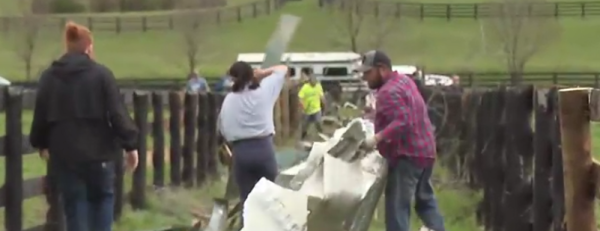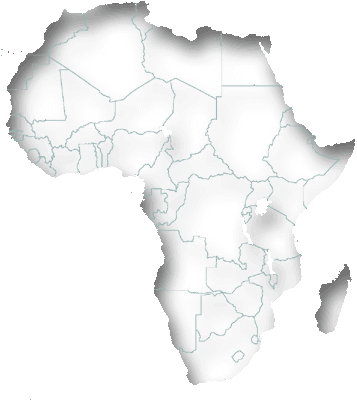The Advancement in De-extinction
The Photo above describes the process of De-extinction of the wooly mammoth.
September 21, 2022
The Advancement in De-Extinction
From the 16th century to now humans have driven 680 species of vertebrates to extinction. Some species you may recognize are the dodo bird, Tasmanian tiger, passenger pigeons, and even the Great Auk. These species went extinct due to overhunting, the destruction of their habitats, or even human-caused climate changes. All these years we’ve spent killing species and destroying their habitats for our benefit. Mankind as a whole has done this with little to no thought about what we were causing. Now we’re trying to create a way to bring some of these species back from beyond the line of extinction. These processes include reproductive cloning, somatic cell nuclear transfer, or essentially creating hybrids. These processes as a whole along with other methods are considered De-Extinction. De-Extinction or resurrection biology is the process of trying to bring back extinct species through biological processes. The earliest attempts at de-extinction occurred in the early 20th century.
How would the de-extinction process work?
There are many misunderstandings about what de-extinction is, most people see it as straight-up cloning DNA from extinct animals. For that, to work you would need a complete genome of the extinct species DNA. The only problem with that idea is that over time the gnomes of dead animals’ DNA slowly deteriorate away, so Just cloning the extinct species’ DNA would lead to Terribly unsuccessful results. What De-extinction is recovering Bits and pieces of DNA and splicing that to create Closely related DNA strands. Splicing is the process of cutting and replacing parts of DNA at the molecular level. Then they use that DNA to create an embryo of the extinct species. After that, they have to surgically implant the embryo into an organism with close relations to the extinct species. The implanted embryo would then grow and develop in the womb of the animal and then is born thus de-extincting an extinct species.
The past de-extinction Attempts
The first De-extinction attempt occurred in 1996 on July 5th in the Roslin institute of Scotland. Dolly successfully lived to be 7 years old which is only 3 to 4 years below the average sheep life. The next attempted De-extinction was the De-extinction of a Capra pyrenaica pyrenaica in 2009. Also known as the Iberian ibex it was brought back in 2009 in a lab unfortunately it died minutes after birth due to a lung defect. Currently, many attempts are being conducted to successfully De-extinct species of animals. Colossal has started conducting new projects and experiments to use splicing and gene modification to bring Thylacine back to a healthy diverse population. Along with that Molecular biologists at Shantou University are using the complete genome of the Norway rat a close relative to the Christmas rat along with what fragments of the Christmas rat’s Genome are left to try to recreate the Christmas rat DNA. They are planning on using the recreated Christmas rat DNA to try and bring the Christmas rat back from the dead. The only setback to their attempts is that they are missing about 5% of the Christmas rat’s DNA which equals approximately 2500 of the rat’s 34000 genes. Along with that For the past few decades, Scientists have been trying to rebuild and untangle the Woolly mammoth’s DNA And infuse it with the embryo of an elephant to try and recreate the wooly mammoth to reintroduce it to its natural habitat to bring that ecosystem back to its former glory. Even though many setbacks need to be faced before we can successfully bring back entire species of extinct animals. Scientists are making amazing breakthroughs and many successful experiments that help shed light on what needs to be done to bring back species that were believed to be gone for good.











